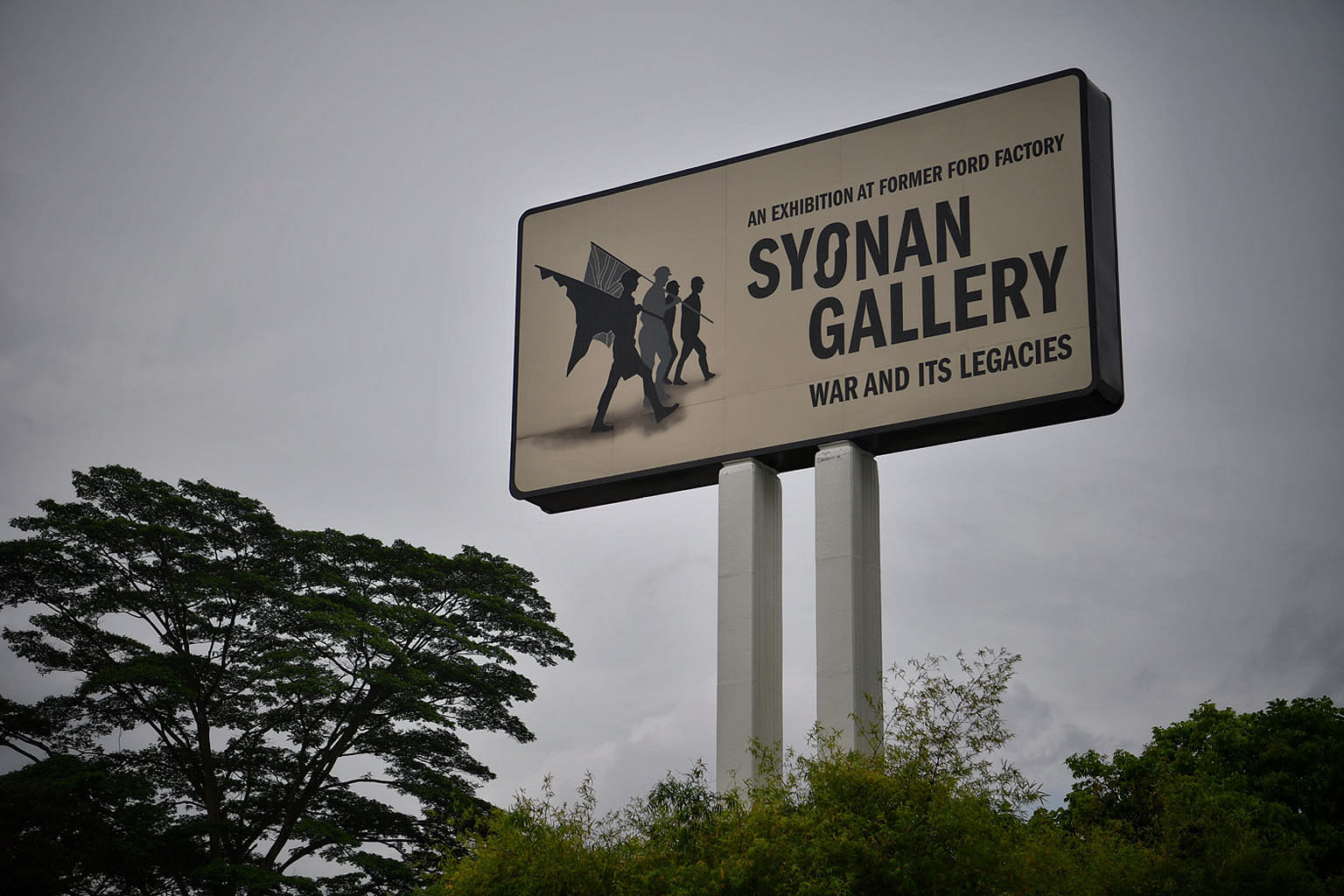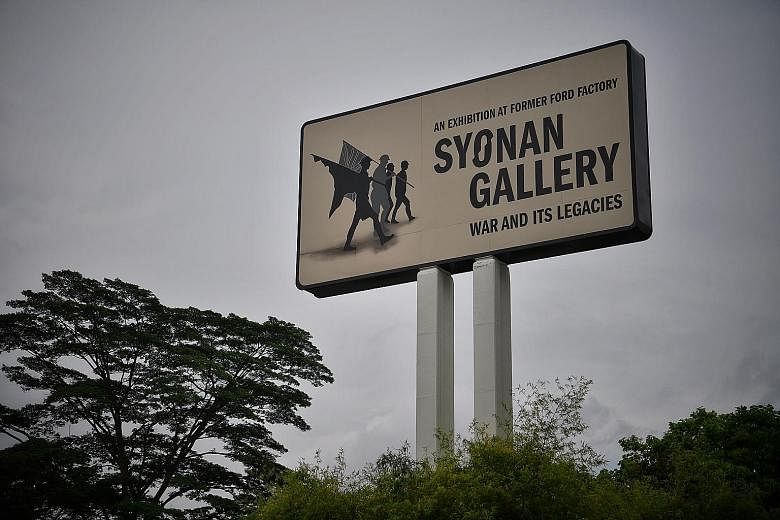The recent reopening of the World War II exhibition at the Former Ford Factory has provoked much public debate, centring on the name "Syonan Gallery" that appears on large signage outside the building.
Critics say the choice of name is disrespectful and insensitive as it appears to honour the Japanese colonisers. However, others feel the choice is appropriate as it reminds us of the horrors of that period.
Both are valid points of view.
This incident is an opportunity for us to understand more clearly what the process of naming involves, and how an extremely nuanced approach is needed when dark episodes in history are referenced.
There are two components involved: What is being named, and what this is being named after. We also need to be clear about the intention behind the initiative, so as to find a name that evokes audience sentiments based on an accurate understanding of this intention.

First, let us look at the controversial word "Syonan" or "Syonan-to" (Syonan island), the Japanese name for Singapore during World War II that references the Showa Emperor's reign. This word has been used during the 60th anniversary of the end of the war in 2005 without provoking a public outcry, for example, in a Channel NewsAsia programme, Remembering Syonan-to, the book The Syonan Years: Singapore Under Japanese Rule 1942-1945 by Lee Geok Boi, and an exhibition by the Singapore Philatelic Museum, Syonan: Light Of The South - A Story Told Through Stamps. The latter two were initiatives of the National Archives of Singapore, which is the curator of the current war exhibition at the Former Ford Factory. Even in the National Museum of Singapore, which was reopened during the SG50 celebrations after a major revamp, there is an exhibition called Surviving Syonan, in a part of the museum called the Surviving Syonan Gallery.
So why has this most recent use of "Syonan" riled up so many people? The difference lies in what is being named. Outside the building, the largest words on the permanent signage read "Syonan Gallery", giving the impression that that is the site's name, although the intent was to name an exhibition space about the Japanese Occupation, located in a historic building called the Former Ford Factory.
Some have pointed out that the use of the word "gallery" is questionable as it suggests that the site has been turned into an art gallery in a move that sanitises or trivialises war. Compared with the National Museum's Surviving Syonan exhibition and gallery, where the term "gallery" refers to one room in a larger museum, there are no other galleries at the Former Ford Factory, and the term "Syonan Gallery" becomes the default name used to identify the entire site to the public.
When buildings and streets are named after historical personalities or foreign places, it is implicitly understood that naming is an act of commemoration, and the name should not bear overwhelmingly negative connotations for most people.
So here we have, first, a building gazetted by law as a national monument under the name Former Ford Factory, which has been repurposed for new uses; second, an establishment, the National Archives of Singapore, which operates a public exhibition space as well as a private archival repository on the premises; third, an exhibition space whose signage prominently highlights the words "Syonan Gallery"; and fourth, an exhibition called "Syonan Gallery: War and its Legacies", which is also the full name of the museum. The naming problems arise from a conflation of these different contexts.
Most would agree that this dark period of Singapore's history must not be forgotten, and also cannot be glorified in any way. A presentation of history, whether as a book, a documentary or an exhibition, falls into the former category and references to tragic historical periods are accepted by the public. But the naming of places and built structures, which have a sense of permanence and visibility in the landscape, have to be treated differently.
How then to make clear that what we have at the Former Ford Factory is an exhibition about the history of Singapore during World War II?
Simply using the word "Syonan" has left it all too vague, and a qualifier like "Surviving Syonan" or a timeframe "The Syonan Years" would give a more accurate first impression of the intention. Greater clarity of thought about where the problem lies would have opened the way to finding an appropriate name for what is actually a good exhibition in a well-designed exhibition gallery, within a historic building worth visiting.
- The writer holds a PhD in history and is the president of the Singapore Heritage Society.

